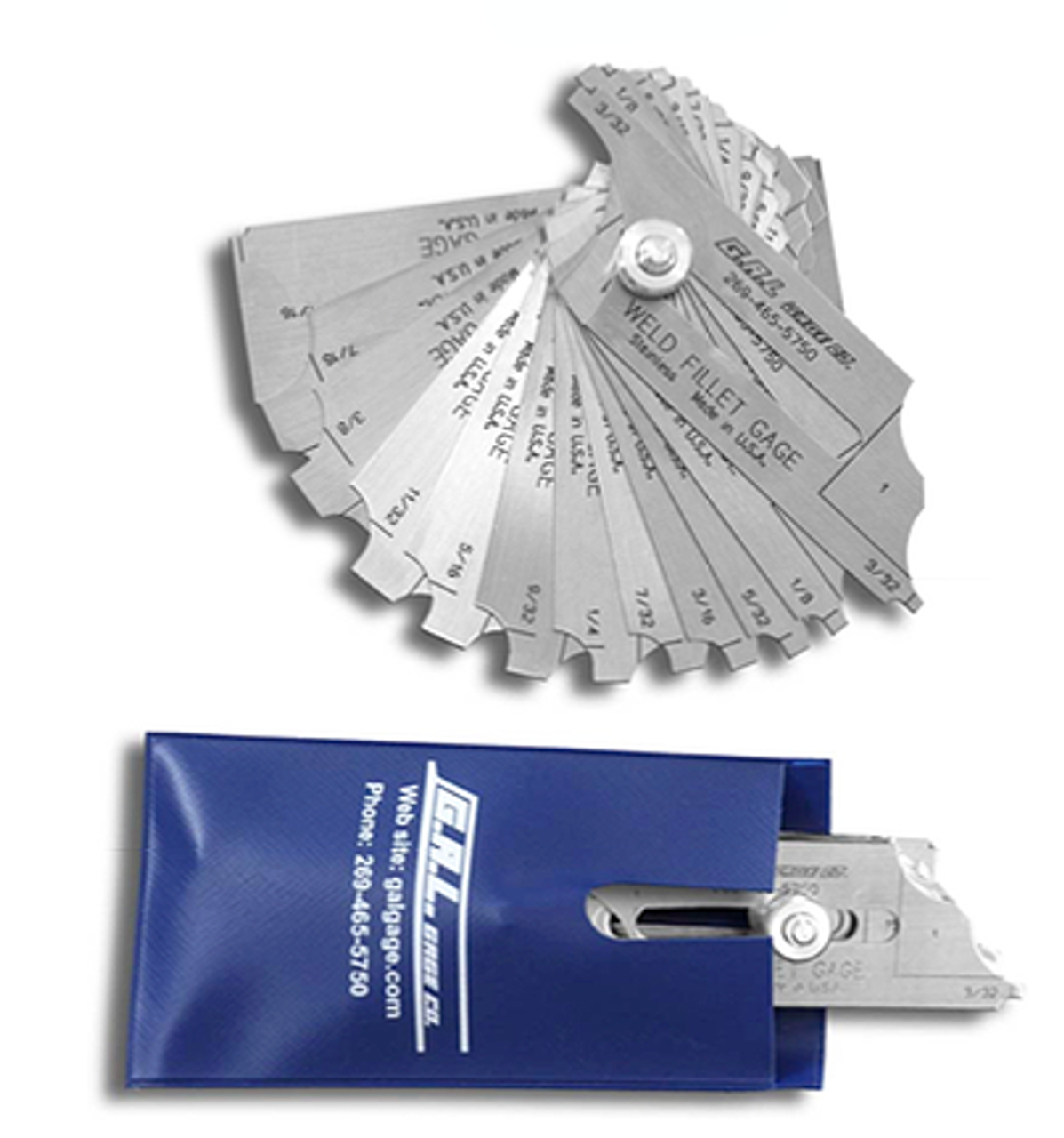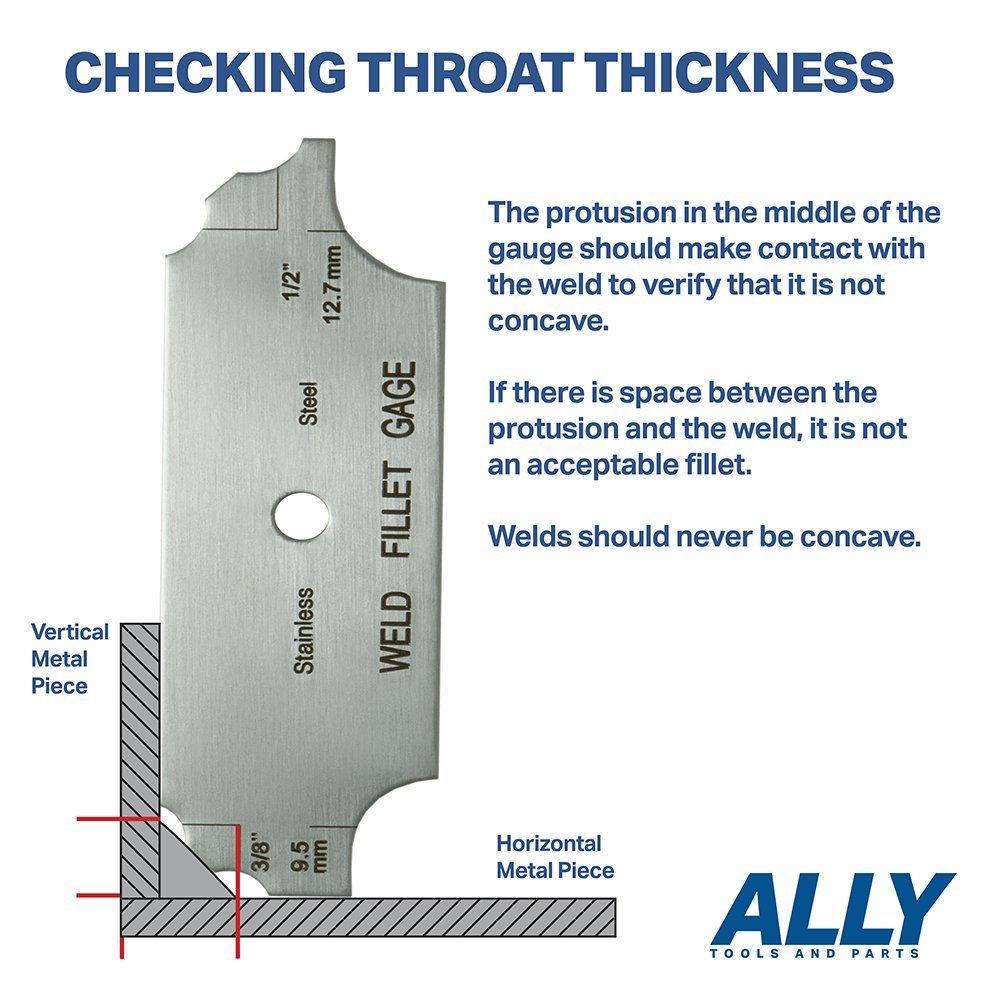The Ultimate Guide to Fillet Weld Quality Control: Making Certain Stamina and Sturdiness in Your Welded Joints
In the realm of welding, making sure the stamina and durability of fillet welds is extremely important for the stability of bonded joints. The high quality control measures carried out during the welding procedure can considerably influence the architectural sturdiness of the final item. From the choice of ideal materials to the thorough evaluation of welds, each action plays an essential duty in identifying the general top quality of the weld joint. As we get started on this exploration of fillet weld high quality control, we will certainly reveal essential factors that influence weld strength, explore reliable examination approaches, and go over approaches for avoiding usual weld issues. Remain tuned to uncover how mastering these methods can boost the sturdiness and integrity of your bonded joints.
Value of Fillet Weld Quality Assurance
Making certain correct fillet weld quality assurance is extremely important in assuring the architectural honesty and long life of bonded elements in different markets. Fillet welds are typically used in structural steelwork, bridges, stress vessels, pipes, and various other important facilities where the stamina of the weld is important to general safety and efficiency. Quality assurance procedures such as visual evaluations, non-destructive testing, and adherence to welding treatments assist determine potential issues like absence of combination, incomplete infiltration, damaging, or excessive support.
Key Variables Impacting Weld Strength
Accomplishing optimal weld toughness requires mindful consideration of numerous crucial factors that affect the integrity and toughness of the welded joint. The very first essential variable appertains joint prep work, which involves cleaning up the base metals to eliminate any kind of contaminants that can weaken the weld. Furthermore, the fit-up of the joint is vital to make sure proper penetration and blend of the filler material.
The choice of the ideal welding technique and specifications additionally plays a significant function in establishing weld strength. Aspects such as warmth input, travel speed, and electrode angle can affect the top quality of the weld. Moreover, preserving the right interpass temperature level during multi-pass welding is important to avoid cracking and ensure a strong bond in between the layers.
In addition, the selection of filler product and its compatibility with the base metals is vital for achieving high weld toughness. Using filler product with the appropriate mechanical homes can boost the general honesty of the weld. Post-weld warm treatment and appropriate examination techniques are necessary steps in guaranteeing the strength and resilience of the welded joint.
Examination Approaches for Weld Stability

One more critical inspection method is liquid penetrant testing, where a liquid color is related to the weld surface area - Gauge Fillet Weld. The color seeps right into any kind of surface-breaking defects, making them visible under UV light. This method works for discovering problems that might not be noticeable to the nude eye


Ultrasonic screening is likewise widely made use of for examining weld honesty. High-frequency noise waves are directed into the weld, and any kind of interruptions in the acoustic wave pattern suggest possible problems like splits or lack of blend.
These evaluation approaches play a vital function in ensuring the high quality and integrity of welds, eventually adding to the overall stamina and sturdiness of bonded joints in industrial settings.
Protecting Against Common Weld Flaws
In order to keep the structural stability of bonded joints in commercial applications, it is essential to carry out preventive steps to attend to usual weld defects. One typical flaw is absence of fusion, where the filler material stops working to bond appropriately with the base metals, leading to weak points in the weld. This can be stopped by making certain proper heat control and utilizing the right welding strategy.
An additional constant concern is porosity, brought on by gas entrapment in the weld metal during the welding process. To avoid this, it is vital to clean up the base steels completely, make use of completely dry electrodes, and keep an ideal welding setting with correct air flow.
In addition, splits in welds can endanger the joint's stamina. To prevent this flaw, it is necessary to manage the cooling rate after welding, use preheating when necessary, and select ideal welding criteria.
Enhancing Bonded Longevity With Correct Methods
One crucial technique to enhance weld sturdiness is to guarantee appropriate weld bead positioning. By positioning the weld grain properly within i thought about this the joint, the weld's toughness and resistance to tiredness can be substantially improved.
Choosing the best filler metal and making sure the tidiness of the base steels can protect against incorporations and various other defects that could compromise the weld's resilience. By executing these appropriate methods, welders can guarantee that their welded joints exhibit extraordinary stamina and sturdiness, satisfying the greatest high quality standards.
Conclusion
To conclude, maintaining high quality control criteria for fillet welds is critical for making certain the toughness and toughness of bonded joints. By understanding the vital aspects impacting weld strength, utilizing examination approaches for weld stability, avoiding common weld issues, and using appropriate techniques, welders can boost the general resilience of check their welds. It is important to prioritize quality assurance procedures to produce reliable and resilient bonded joints.
In the realm of welding, making certain the stamina and resilience of fillet welds is extremely important for the stability of welded joints. As we begin on this exploration of fillet weld top quality control, we will reveal important variables that influence weld toughness, dig right into efficient examination techniques, and review techniques for protecting against typical weld issues.Achieving optimum weld strength needs mindful consideration of different vital elements that affect the integrity and sturdiness of the bonded joint (Gauge Fillet Weld).In conclusion, preserving high top quality control standards for fillet welds is important for making certain the strength and toughness of bonded joints. By understanding the essential variables affecting weld strength, using examination methods for weld integrity, avoiding usual weld issues, and employing proper methods, welders can improve the total longevity of their welds
Comments on “Innovative Devices and Approaches for Accurate Gauge Fillet Weld Measurements”